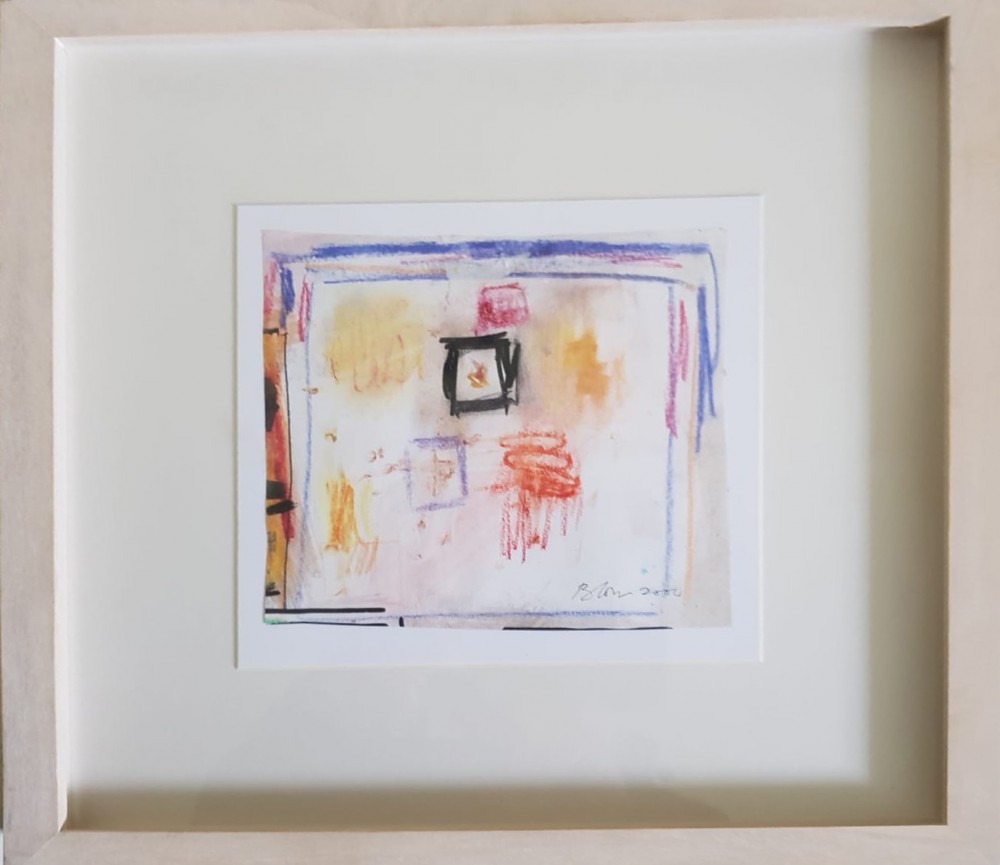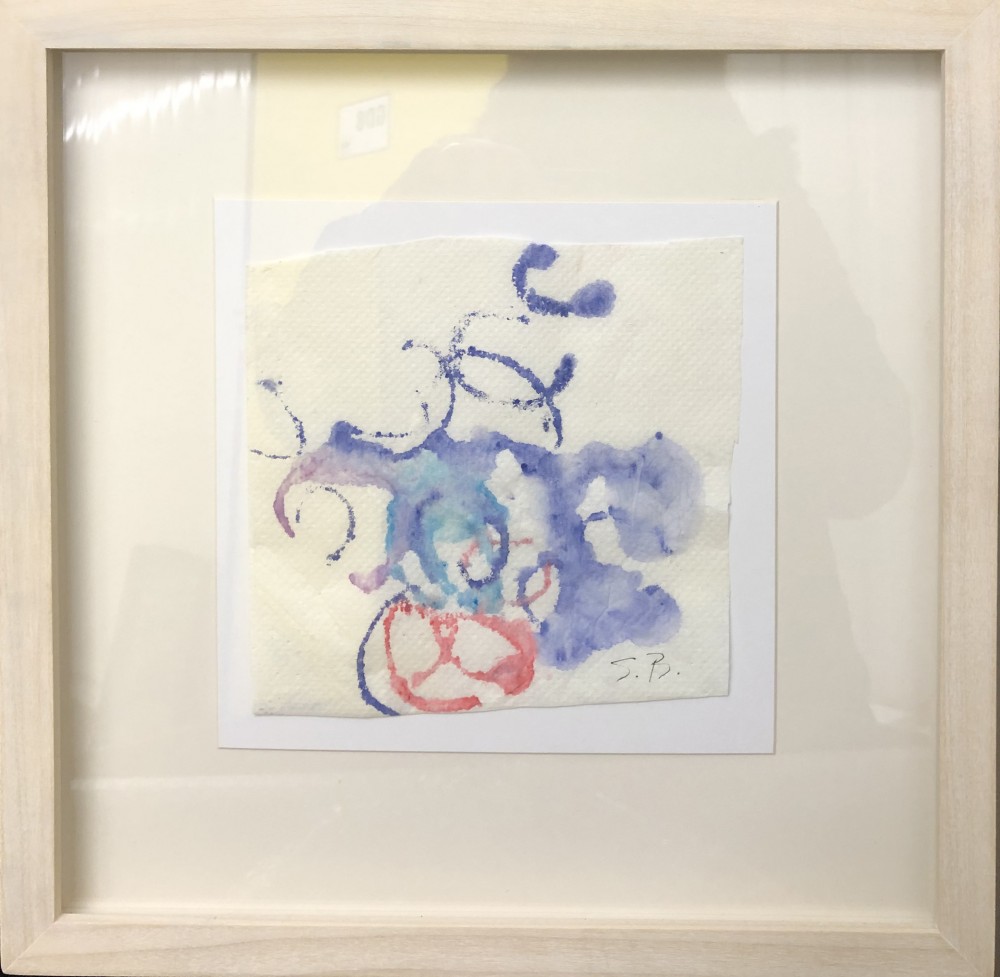|
After leaving school aged 15, and enrolling at St Martin’s School of Art in 1940, Blow came under the patronage of influential male artists including Ruskin Spear, Carel Weight and Robert Buhler. The male tutelage that Blow experienced would continue to foster itself within her career as demonstrated when, she moved to Italy in 1947 post World War II, and encountered Alberto Burri, an Italian master of “art informel”. Despite a brief relationship with Burri, Blow moved back to England, where she began to artistically promote herself, and establish a gestural style. In the midst of this Blow, alongside artists such as Denis Bowen, Gillian Ayre, and Roger Hilton, would be at the forefront of the abstract art movement in Britain, challenging the pre-existing guidelines, and prejudice within the art world. Ultimately however, the turning point in Blow’s career came with the first sale of her work to the highly-influential Roland Penrose; artist, historian, poet and art collector. From this Blow would regularly exhibit work with the renowned Gimpel Fils art gallery, leading to close association with the St. Ives network of artists, including Barbara Hepworth and Ben Nicholson. Upon taking up a teaching post at the Royal College of Art in 1961, where for the ensuing 14 years, she would continue to teach and inspire, Blow came into contact with David Hockney, R.B. Kitaj, and Patrick Caulfield, all of whom were students at the time. Representative of Blow’s success was the fact that despite being in a clearly male-dominated industry, Blow was not only able to infiltrate it and survive within it, but was also to become one of the original female innovators of free and informal painting.
|
 |
 |
|
As an artist, Blow experimented vastly throughout her career from her oils on canvas, to gouache, and through to silkscreen limited edition prints. Her work often vibrant in its colour palette reflects the cultural revolution that was beginning to take residency in the 1960s. Her continuation of such techniques, and colour palette show how this move towards greater freedoms continued to manifest itself right through into the 2000s. The small scale explorative abstract studies produced by Blow, whilst in her studio by Porthmeor Beach, are an interesting insight into the artist’s mind. Despite seeming to stand alone, due to their evolving colour palettes, the works can be seen as one whole series that demonstrates the true and simple beauty of abstraction. The use of found and discarded materials throughout her works, even in the smaller more explorative studies, display an artist that works completely free of constraints. Blow came a long way in her career in which the challenges she faced, and continued to rise up against, would become one of the ultimate breakthroughs for females within the British art scene. The vivacity of her works are symbolic of her as an artist; bold and joyful.
|
 |
 |












